A brutalist mosque explores light and spirituality in tropical Kerala
This brutalist mosque by studio Common Ground explores concrete forms and top light as a symbol of spirituality in tropical, southern India
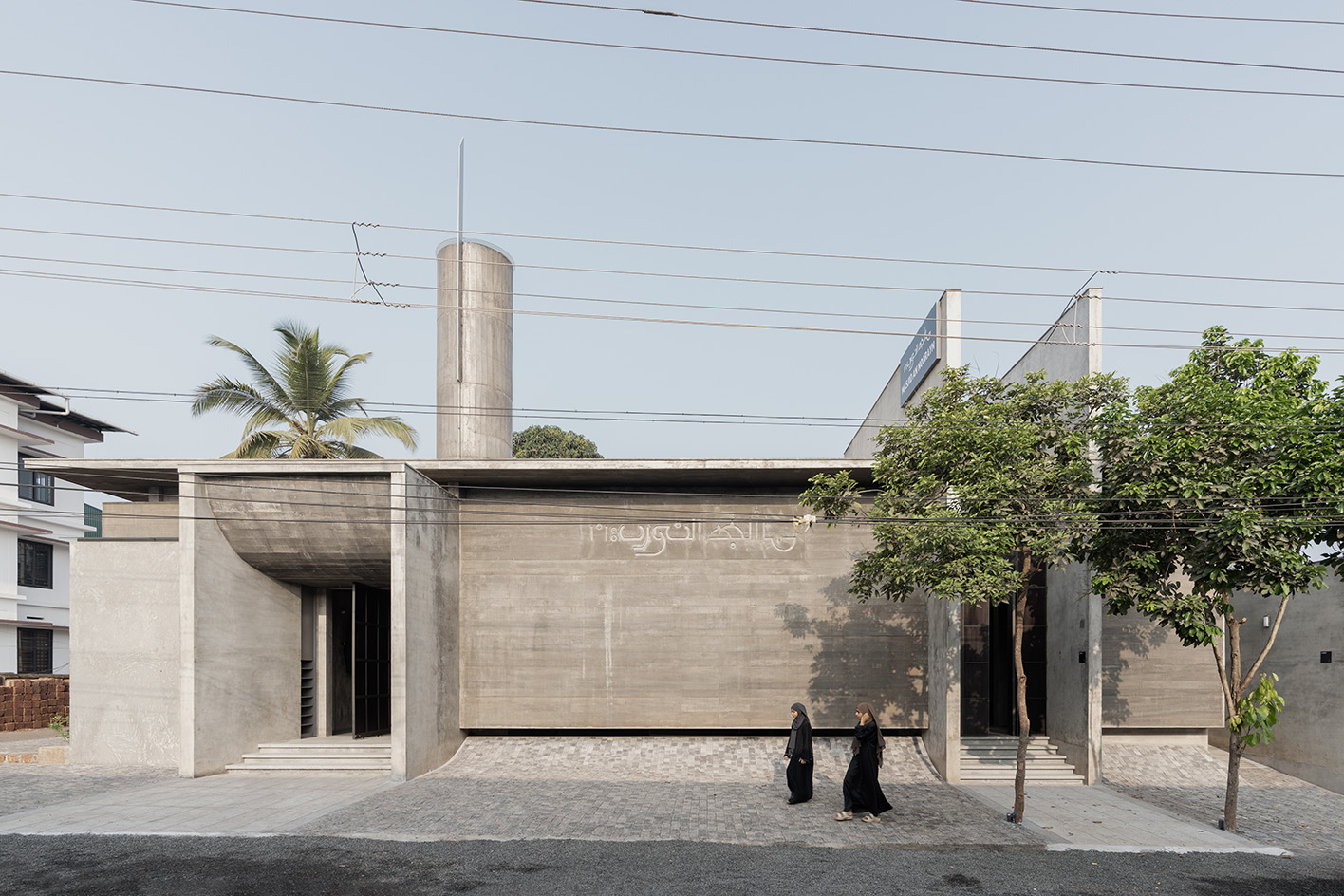
A new brutalist mosque in northern Kerala, India, echoes qualities found in Tadao Ando’s Church of Light – the simple concrete box in Osaka, cut through by a cruciform, remains one of the most iconic and pivotal statements of religious architecture from the late 20th century. Transforming raw materiality and atmosphere into carriers of faith, the Japanese structure made use of light itself as an intangible medium of architecture, poetically solidifying it through the void – a sensibility now found in this new, Indian project.
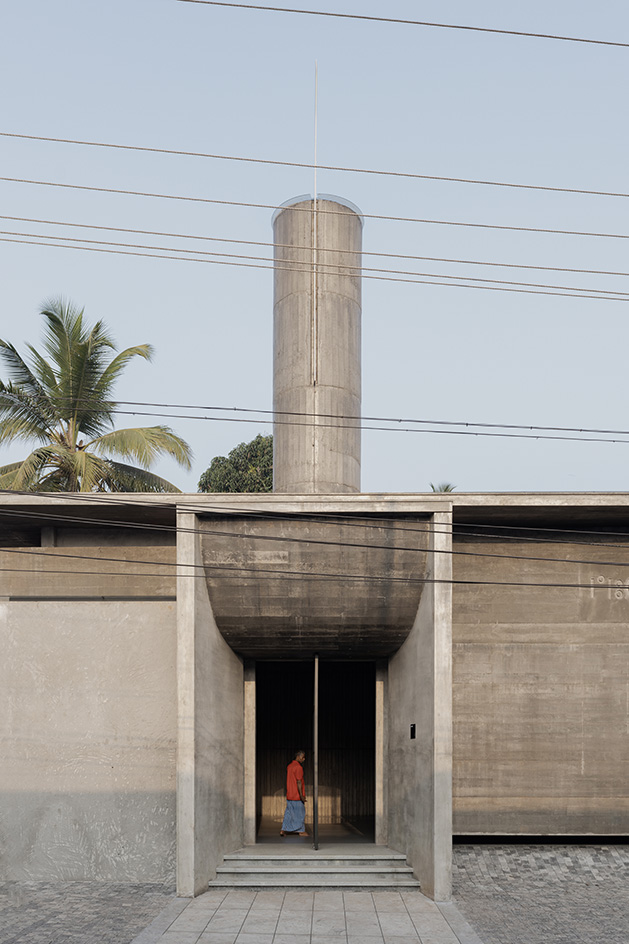
Tour this brutalist mosque in Kerala, India
Common Ground’s Masjid an-Noorayn, pared back to the elemental, is shaped from just one material: exposed concrete. With the austere gravitas of brutalist architecture and the contemplative simplicity of the Zen philosophy that first inspired Ando, it is configured with deliberate restraint into a low-lying silhouette, contrasting its tropical context. In stripping away the symbols, ornamentation, and forms that have come to typify Islamic architecture over the centuries (such as domes, arches, geometric motifs, crescents, and stars), the rectilinear planes evoke a return to its earliest origins, defined by simple forms and orientation alone.
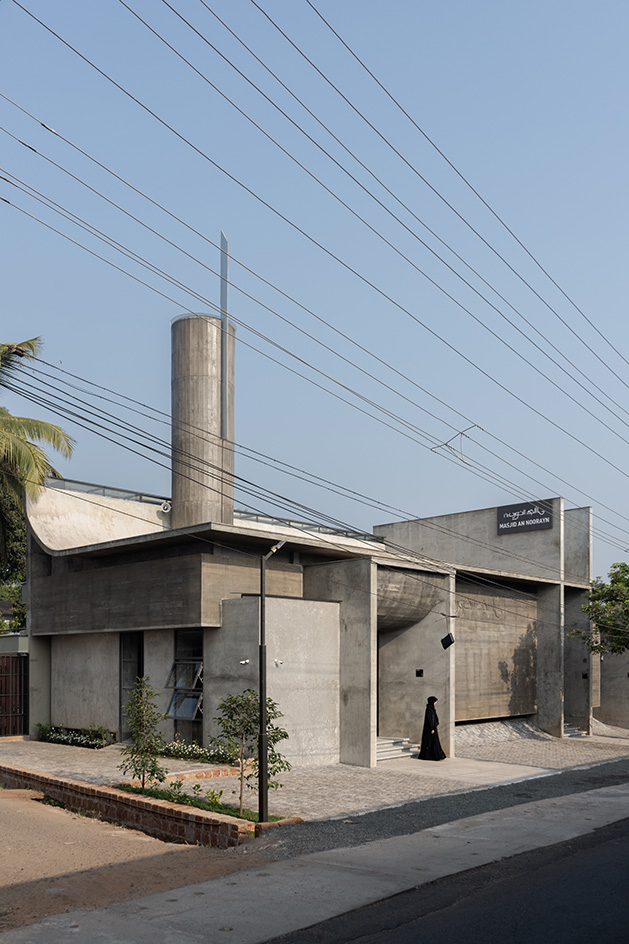
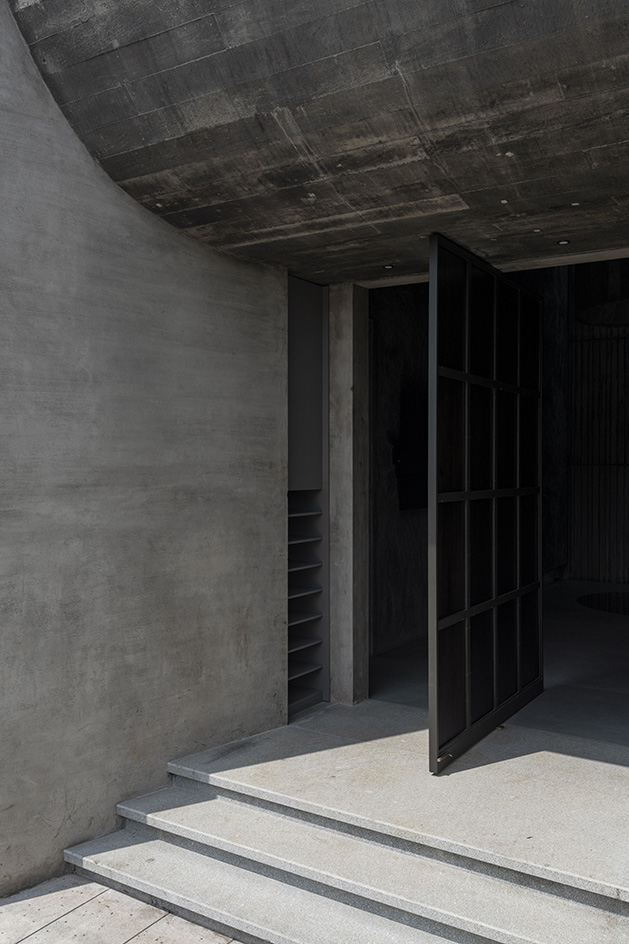
A counterbalance to the mosque’s stark geometry is a cylindrical minaret and an entryway drawn out through a concave gesture above a pivoting door. This threshold leads worshippers from brightness into dark and heightens the sensorial shift of arrival into the meditative space within.
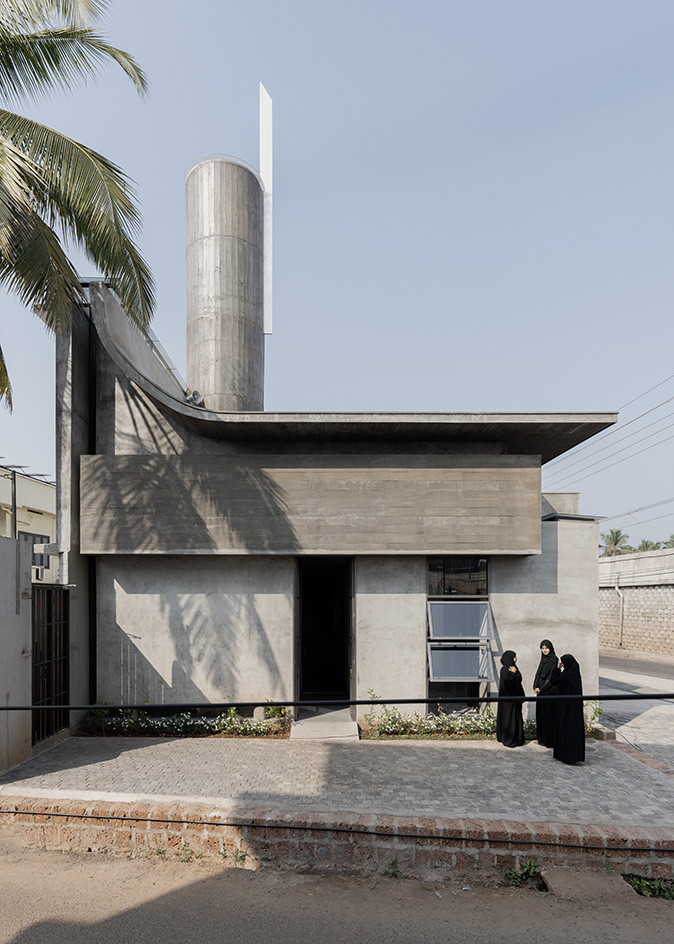
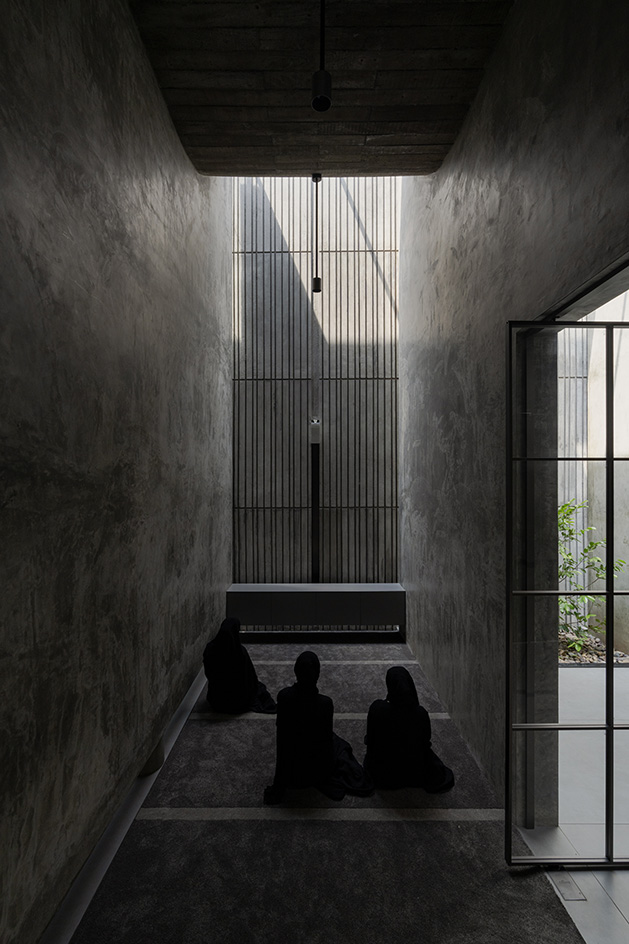
Inside, without the use of formal windows, the architects’ experimental explorations introduce light in various ways as a symbol of spirituality: a linear skylight follows the curve of an inverted arch and funnels light down across the walls; the minaret doubles as a lightwell; and a narrow incision between the building’s base and the ground invites a faint glow to seep into the prayer hall. A skylight is also positioned above a central mimbar, the pulpit at which the imam delivers his sermons, forming a symbolic link between the earthly and the divine, while softening and purifying the weight of the concrete and its rough textures.
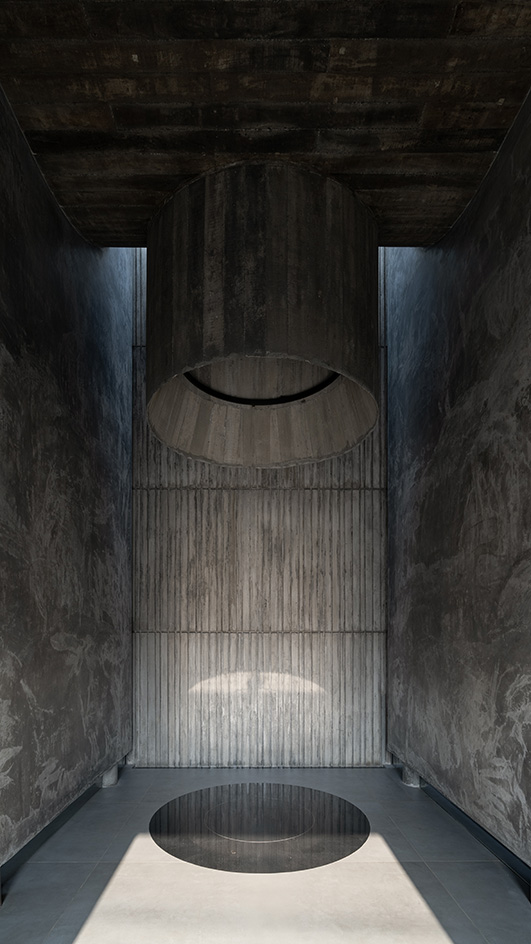
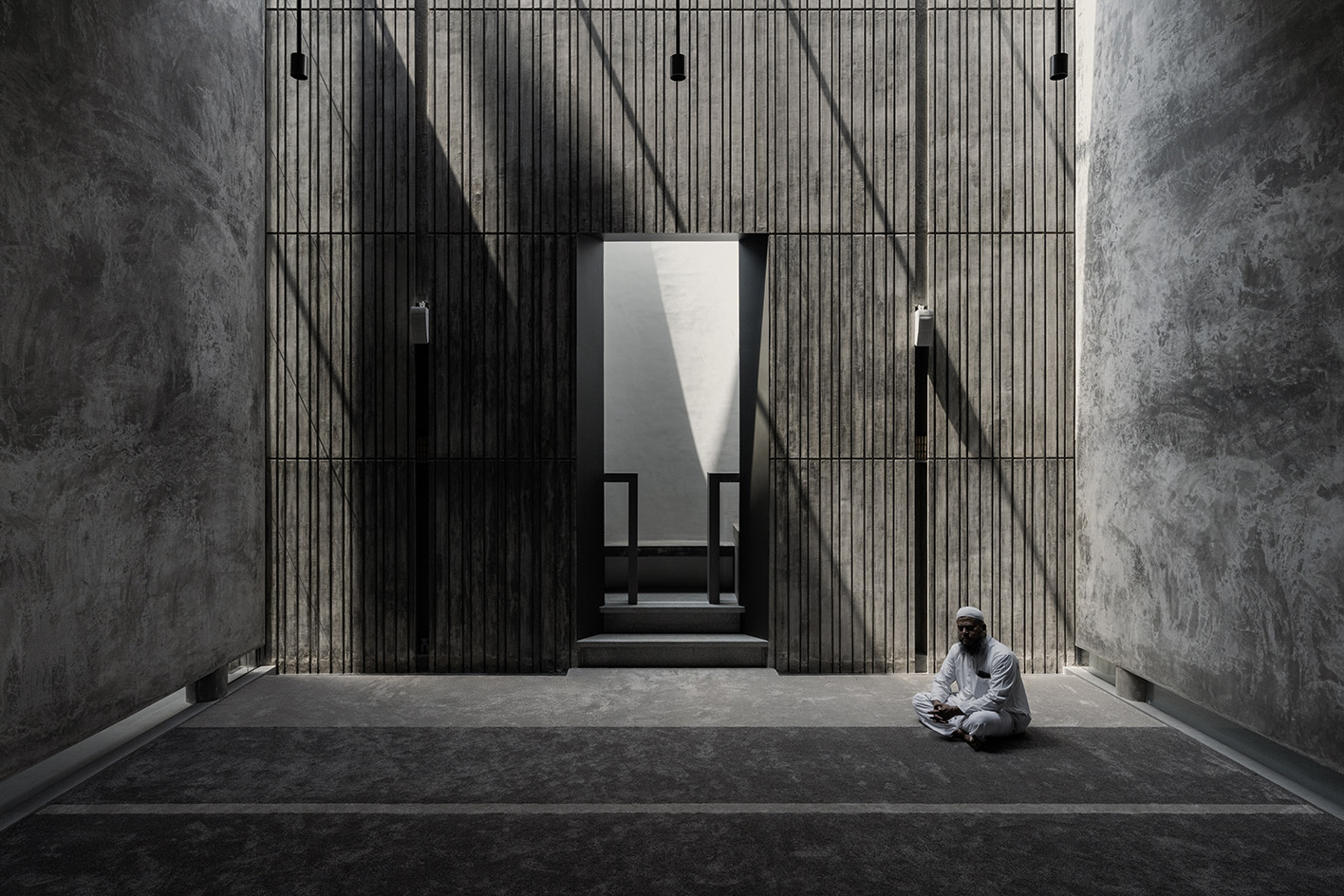
Designing a community mosque today also inevitably carries cultural weight, and notably, Masjid an-Noorayn was conceived by a team of architects consisting of Muslim women. It was led by Common Ground’s founder, Simi Sreedharan, who, from the outset, ensured that women would have equal access to the space as men. The women’s prayer hall is thus given equal presence from the entrance, and nearby, Sreedharan has also integrated a community space that remains open outside of prayer hours, emphasising the mosque as a civic anchor in the community.
Receive our daily digest of inspiration, escapism and design stories from around the world direct to your inbox.
-
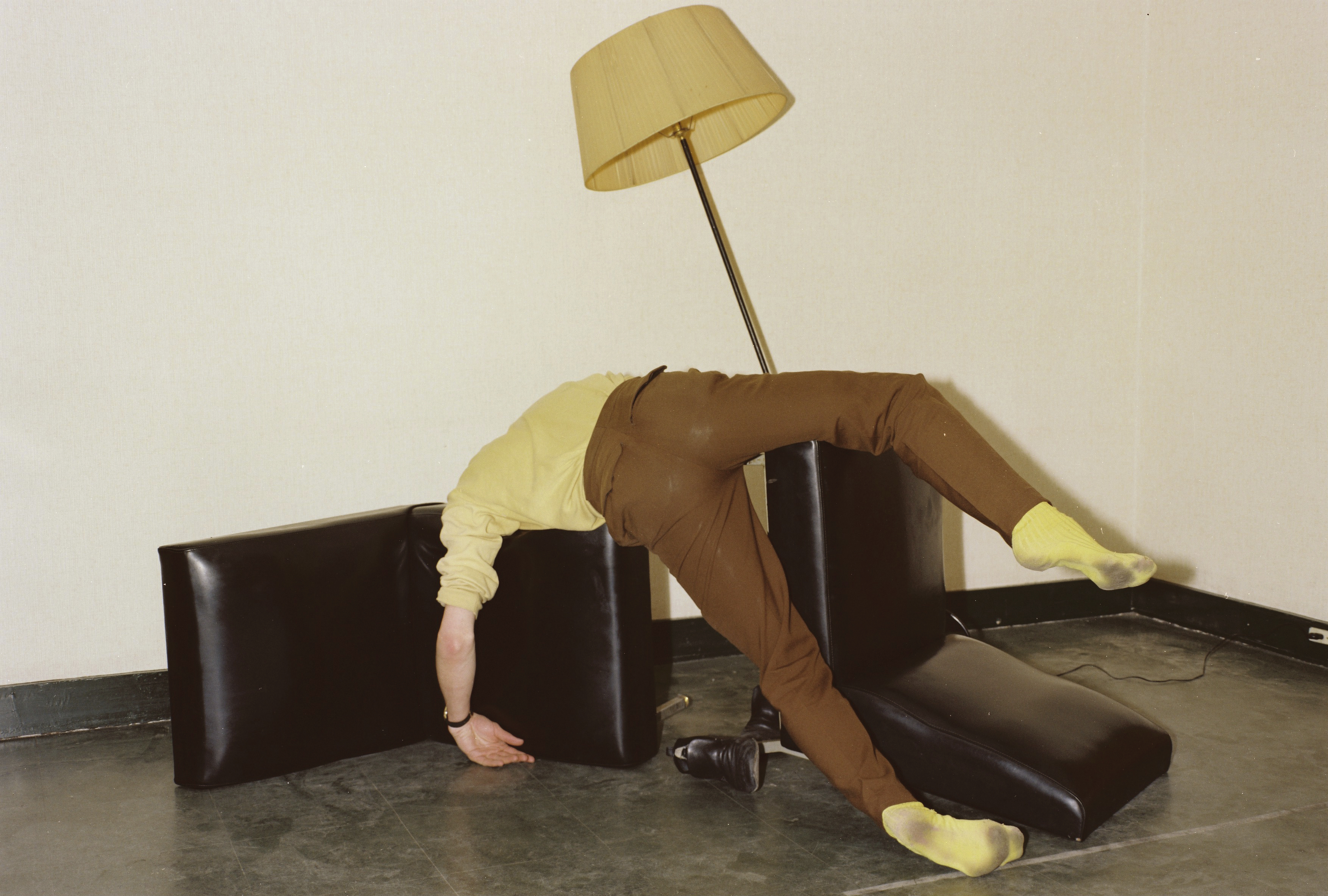 ‘Seriously,’ says Sprüth Magers, art can be funny too
‘Seriously,’ says Sprüth Magers, art can be funny tooAt Sprüth Magers, London, group show ‘Seriously’ delves into humour in art, from the satirical to the slapstick
-
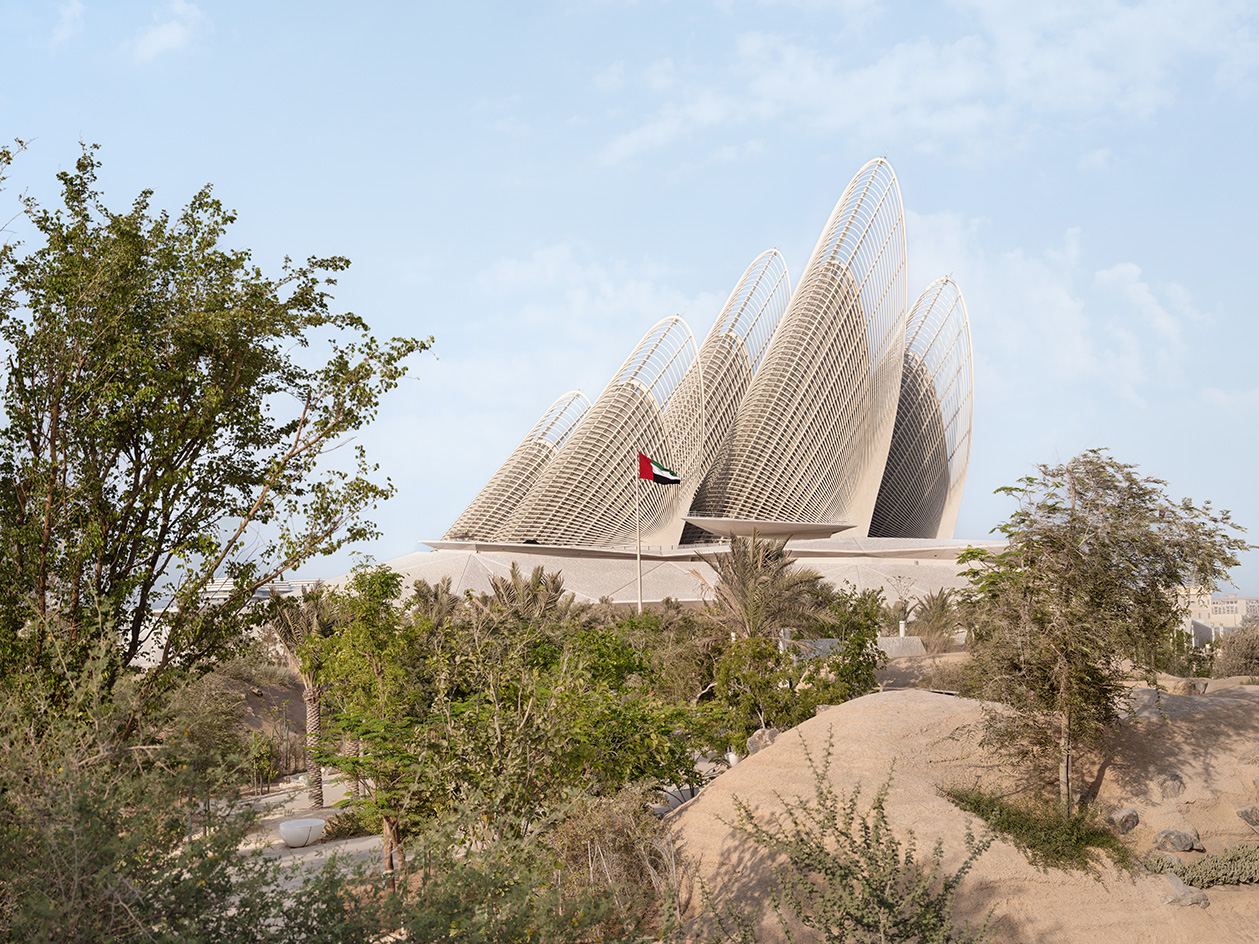 Zayed National Museum opens as a falcon-winged beacon in Abu Dhabi
Zayed National Museum opens as a falcon-winged beacon in Abu DhabiFoster + Partners’ Zayed National Museum opens on the UAE’s 54th anniversary, paying tribute to the country's founder and its ancient, present and evolving future
-
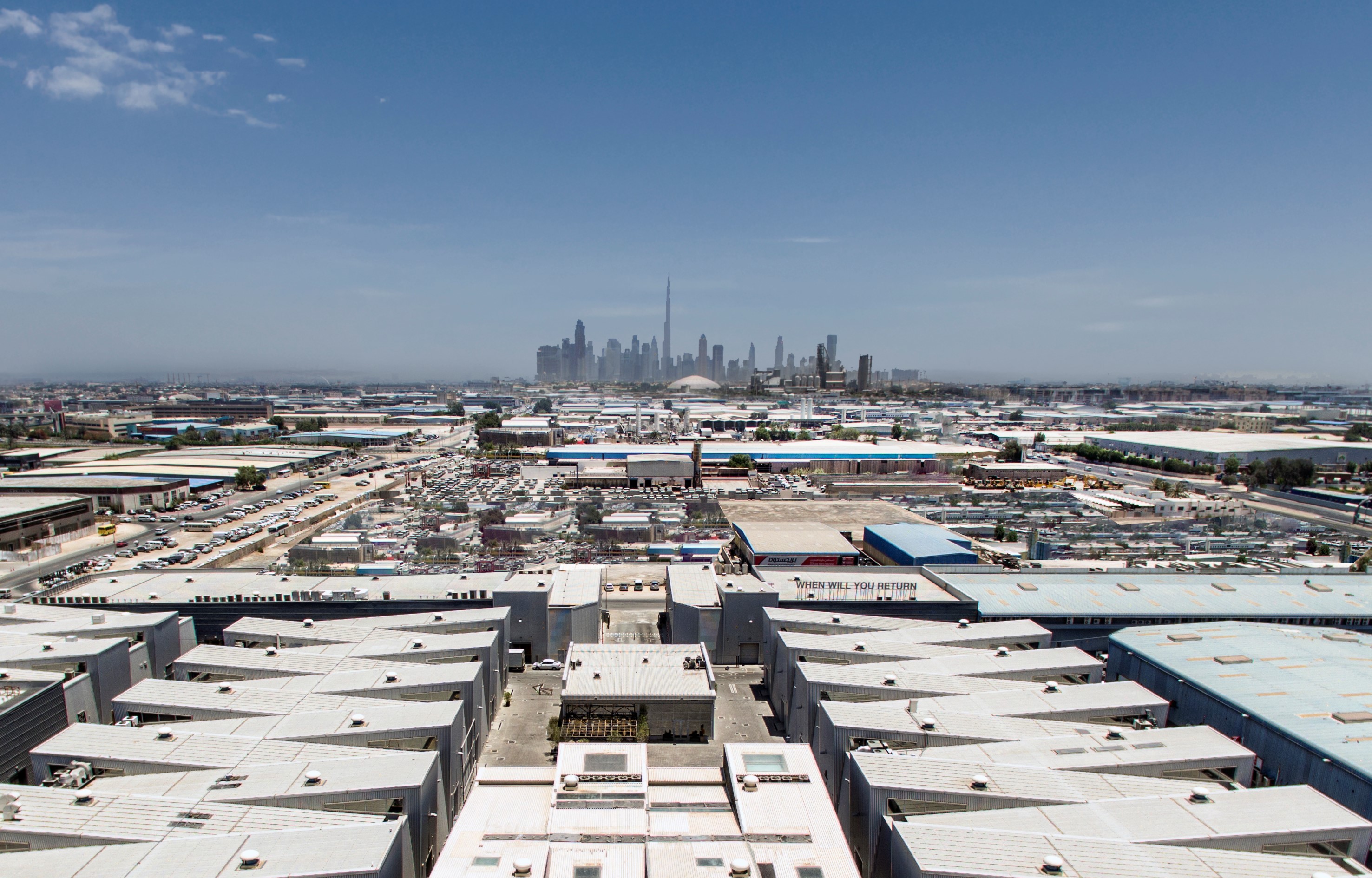 Design Miami announces Dubai collectible design platform in collaboration with Alserkal
Design Miami announces Dubai collectible design platform in collaboration with AlserkalThe new platform will honour the region’s cultural heritage while highlighting its spirit of innovation
-
 The Architecture Edit: Wallpaper’s houses of the month
The Architecture Edit: Wallpaper’s houses of the monthFrom wineries-turned-music studios to fire-resistant holiday homes, these are the properties that have most impressed the Wallpaper* editors this month
-
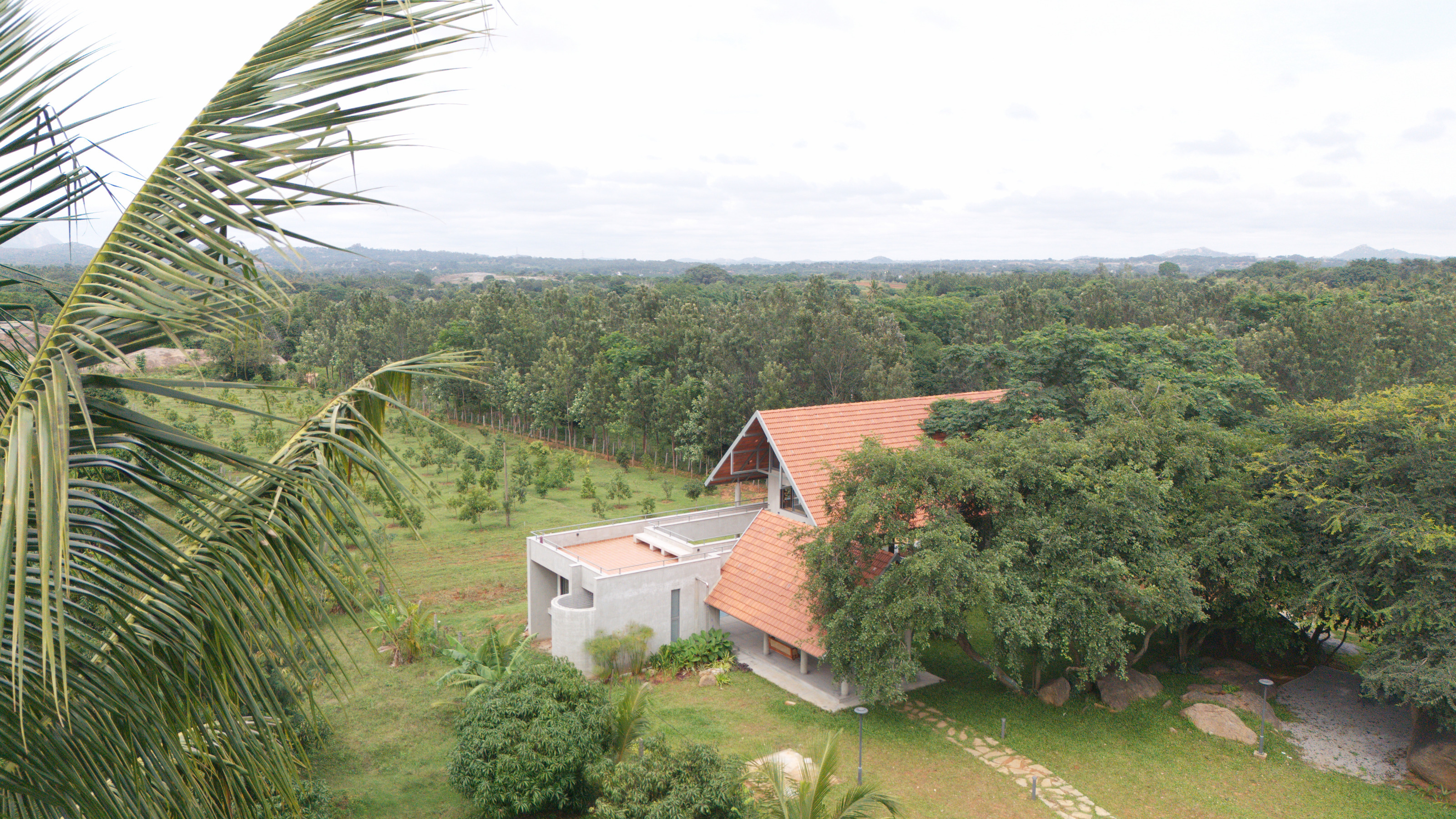 A refined Indian country residence reimagines the farmhouse
A refined Indian country residence reimagines the farmhouseSet among Karnataka’s rolling fields and forest, House by the Grove by Taliesyn Design & Architecture combines modern materials with an open approach to the elements
-
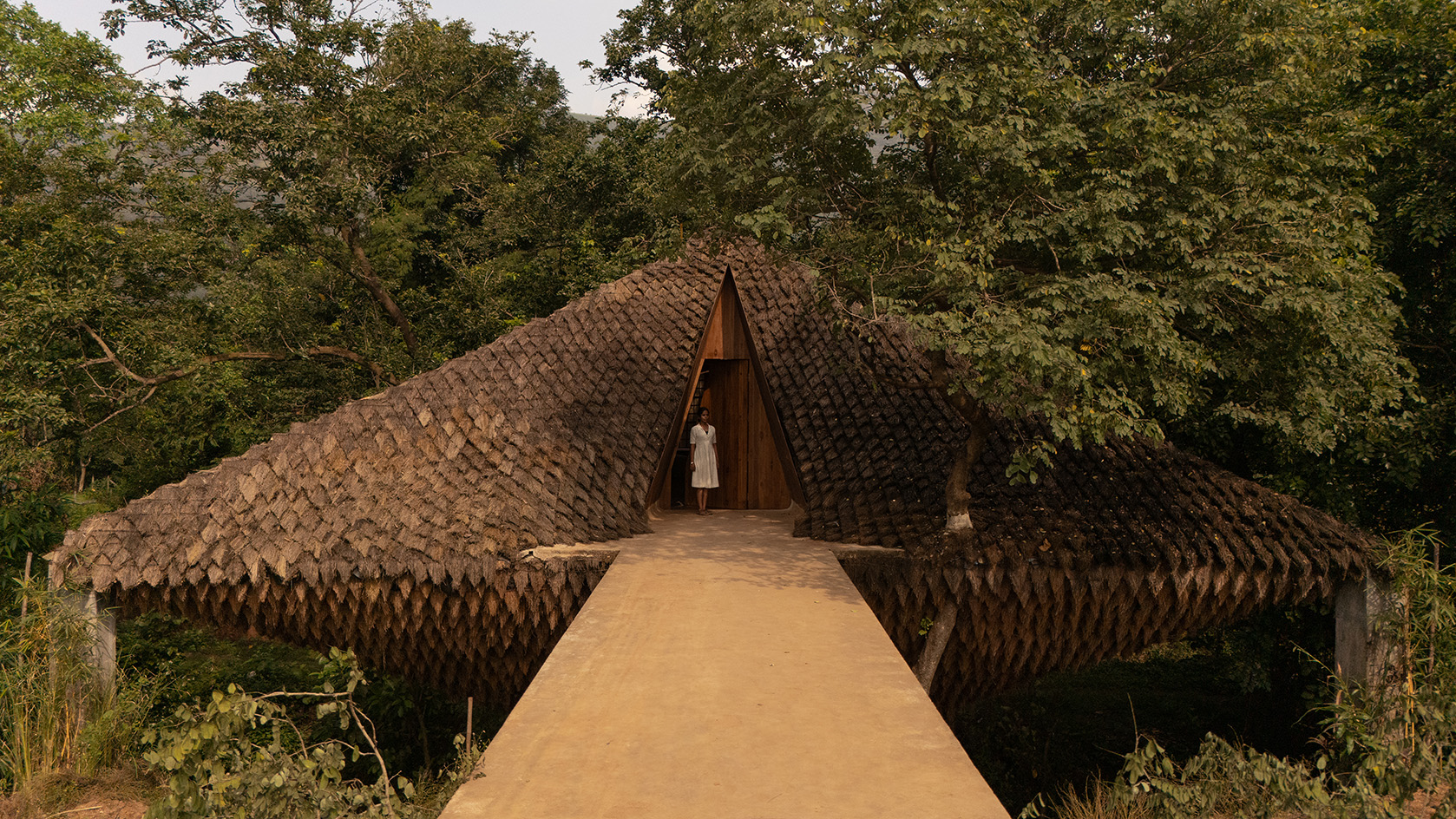 Half bridge, half home: Wallmakers’ latest project takes architecture to daring new heights
Half bridge, half home: Wallmakers’ latest project takes architecture to daring new heightsHovering above a forest stream in Maharashtra, Bridge House in Maharashtra, India pushes the limits of engineering and eco-conscious design
-
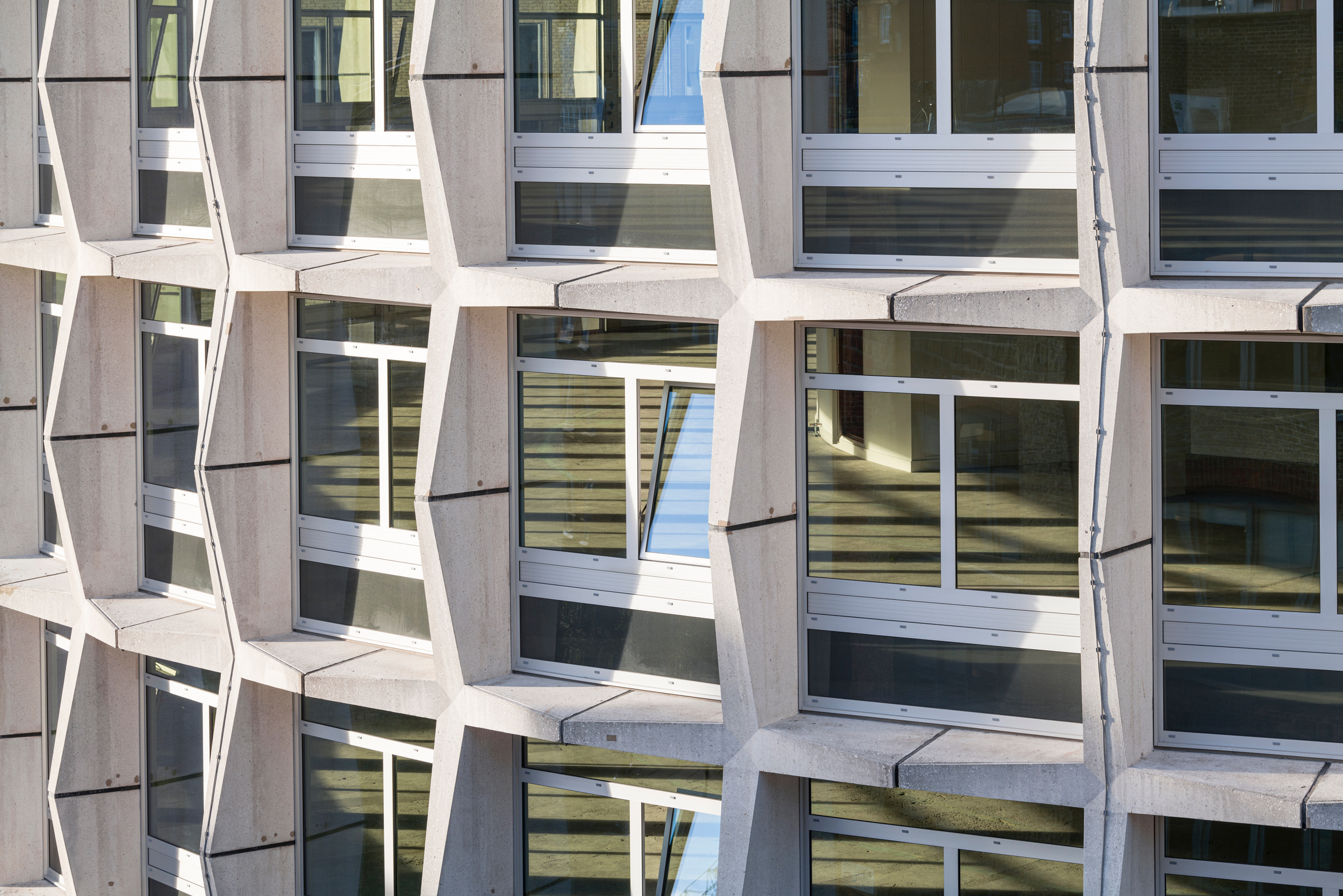 Richard Seifert's London: 'Urban, modern and bombastically brutalist'
Richard Seifert's London: 'Urban, modern and bombastically brutalist'London is full of Richard Seifert buildings, sprinkled with the 20th-century architect's magic and uncompromising style; here, we explore his prolific and, at times, controversial career
-
 The Architecture Edit: Wallpaper’s houses of the month
The Architecture Edit: Wallpaper’s houses of the monthFrom Malibu beach pads to cosy cabins blanketed in snow, Wallpaper* has featured some incredible homes this month. We profile our favourites below
-
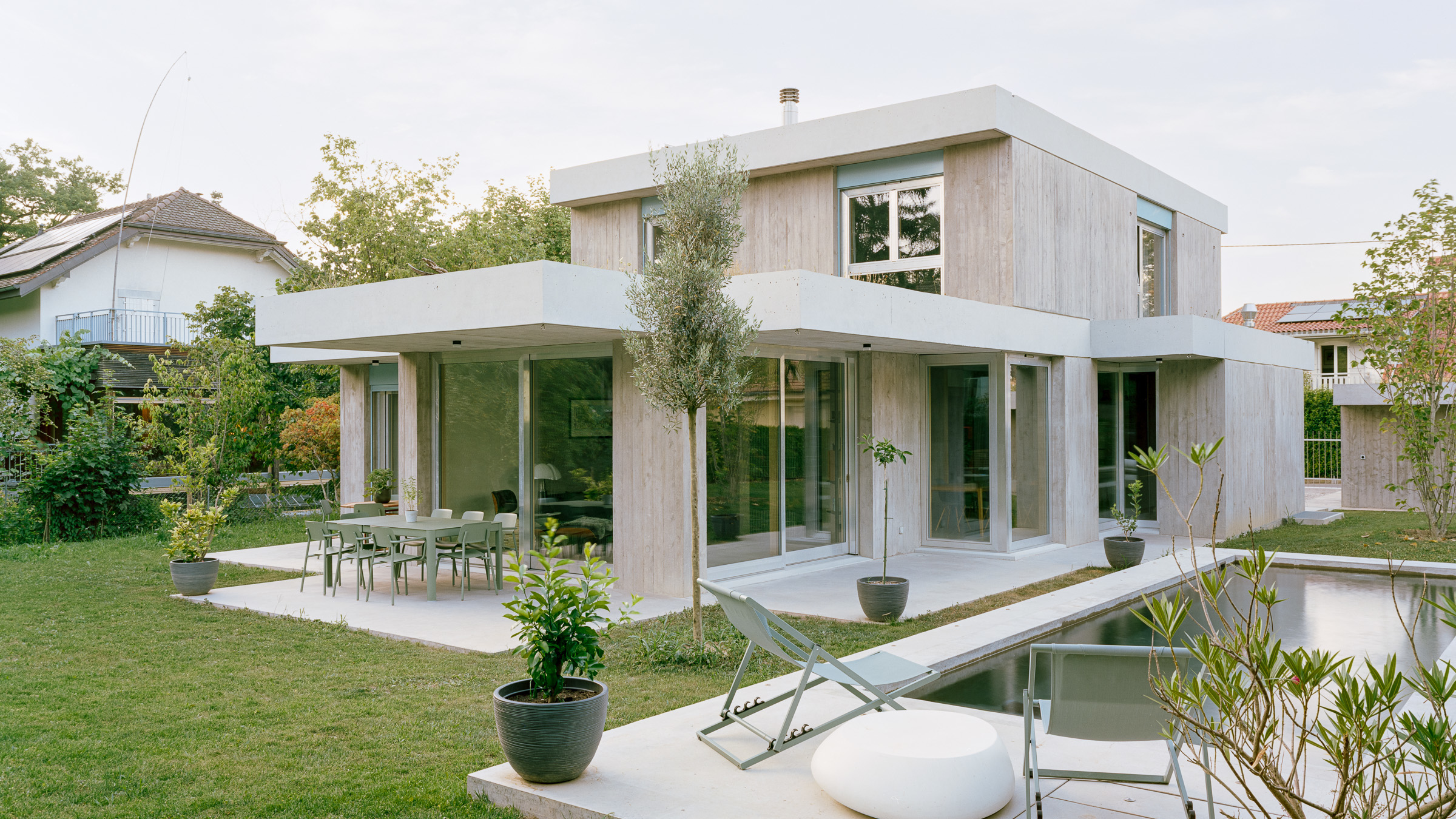 A neo-brutalist villa for an extended family elevates a Geneva suburb
A neo-brutalist villa for an extended family elevates a Geneva suburbLacroix Chessex Architectes pair cost-conscious concrete construction with rigorous details and spatial playfulness in this new villa near Geneva
-
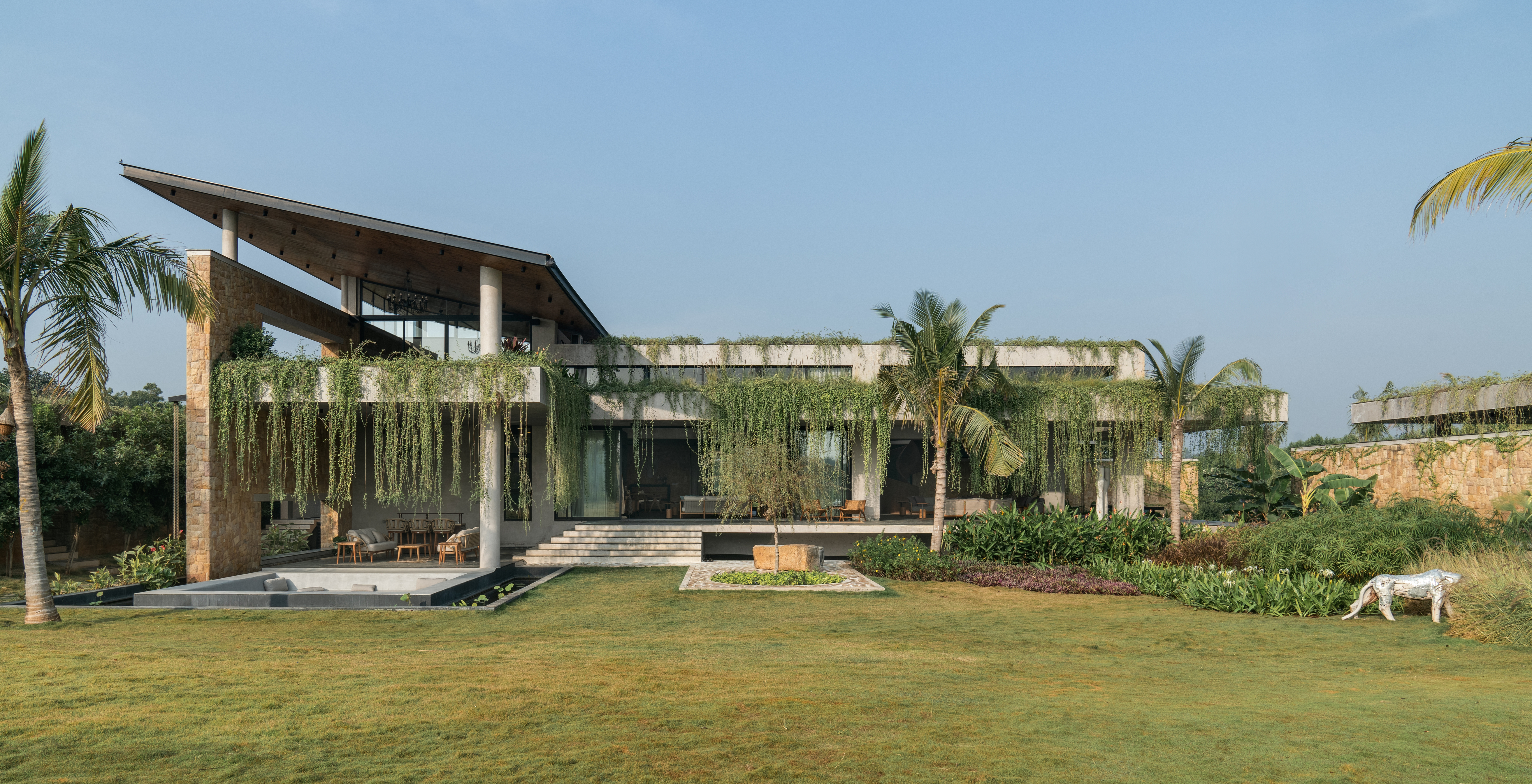 Cascading greenery softens the brutalist façade of this Hyderabad home
Cascading greenery softens the brutalist façade of this Hyderabad homeThe monolithic shell of this home evokes a familiar brutalist narrative, but designer 23 Degrees Design Shift softens the aesthetic by shrouding Antriya in lush planting
-
 Spice up the weekly shop at Mallorca’s brutalist supermarket
Spice up the weekly shop at Mallorca’s brutalist supermarketIn this brutalist supermarket, through the use of raw concrete, monolithic forms and modular elements, designer Minimal Studio hints at a critique of consumer culture